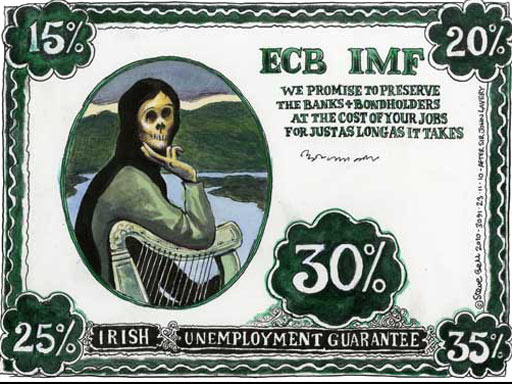Archive for the ‘BSW (Wagenknecht) Germany’ Category
Mapping the Conservative Left: Why Some Socialists Sound Like the Right – “Soul-Searching on the Left”
Duncan Chapel, a revolutionary socialist based in Scotland, hosts a blog which explores big political and social changes in the world we live in.
The article below addresses many troubling developments on the left which have erupted in the 21st century. These trends exist everywhere – Duncan is very familiar with awful examples from the British state.
Readers on the left in in Ireland may be familiar with the example of “Counterfire” which is degenerating rapidly :
The red-brown disease can spread further without inoculation. Organizations at risk like Counterfire in Britain, while maintaining left-wing rhetoric, have consistently aligned with authoritarian positions internationally, acting as surrogates for Assad, Putin and Trump. Their opposition to supporting Ukrainian resistance and their hostility to transgender struggles reveals the logical endpoint of politics that prioritize “anti-Western” positioning over genuine solidarity with the oppressed.
| Mapping the Conservative Left: Why Some Socialists Sound Like the Right | Four conservative left tendencies: each represents a different form of capitulation |
The rise of the far-right across Europe and North America has prompted urgent soul-searching on the left. From Trump’s return to power to the growth of Alternative for Germany (AfD), from Giorgia Meloni’s ascendancy in Italy to the surge of Reform UK, reactionary forces are capitalizing on widespread social discontent. Yet a troubling phenomenon has emerged alongside this rightward shift: sections of the left itself have begun adopting positions that sound suspiciously similar to those of their supposed political opponents.
Source :
Mapping the Conservative Left – Why Some Socialists Sound Like the Right
This “conservative left” represents a fundamental betrayal of socialist principles. Rather than offering a genuine alternative to capitalist crisis, these currents have absorbed key elements of right-wing discourse—from economic nationalism and anti-immigrant sentiment to cultural traditionalism and geopolitical authoritarianism. Understanding this phenomenon is crucial for any socialist strategy that seeks to build genuine working-class unity against our real enemies: the capitalist class and their political representatives.

New “Foreceful” Anti-Immigrant Policy Issued by Sinn Féin Migration Spokesperson Matt Carthy TD
One person who read this document wrote “shocking”.
Another observed “Galloway, Wagenknecht and now Sinn Féin. And at least one “Leftie” in Ireland moaning about the famous single unvetted male”.
The good news is that sincere anti-racist voters in Britain, Germany, and Ireland are realising that “Red-Brown” politics stink. In the Dublin Central constituency, where one of the 4 Dáil Deputies is SF leader Mary-Lou McDonald TD, the party’s 1st preference vote went down 12.3 per cent. SF got a warning that it was losing support to its left and right.
Many SF members are anti-racists. They must speak out now, because evidence suggests that the party leadership is doubling down to promote a new suite of racist policies.

Link :
Sinn Féin to challenge asylum centres in poor areas
See also :
Facebook link; Irish republicans opposed to SF anti-immigrant policy
The party is directing its members to take a more forceful approach to blocking accommodation for asylum seekers and refugees in deprived areas.
Read the rest of this entry »
